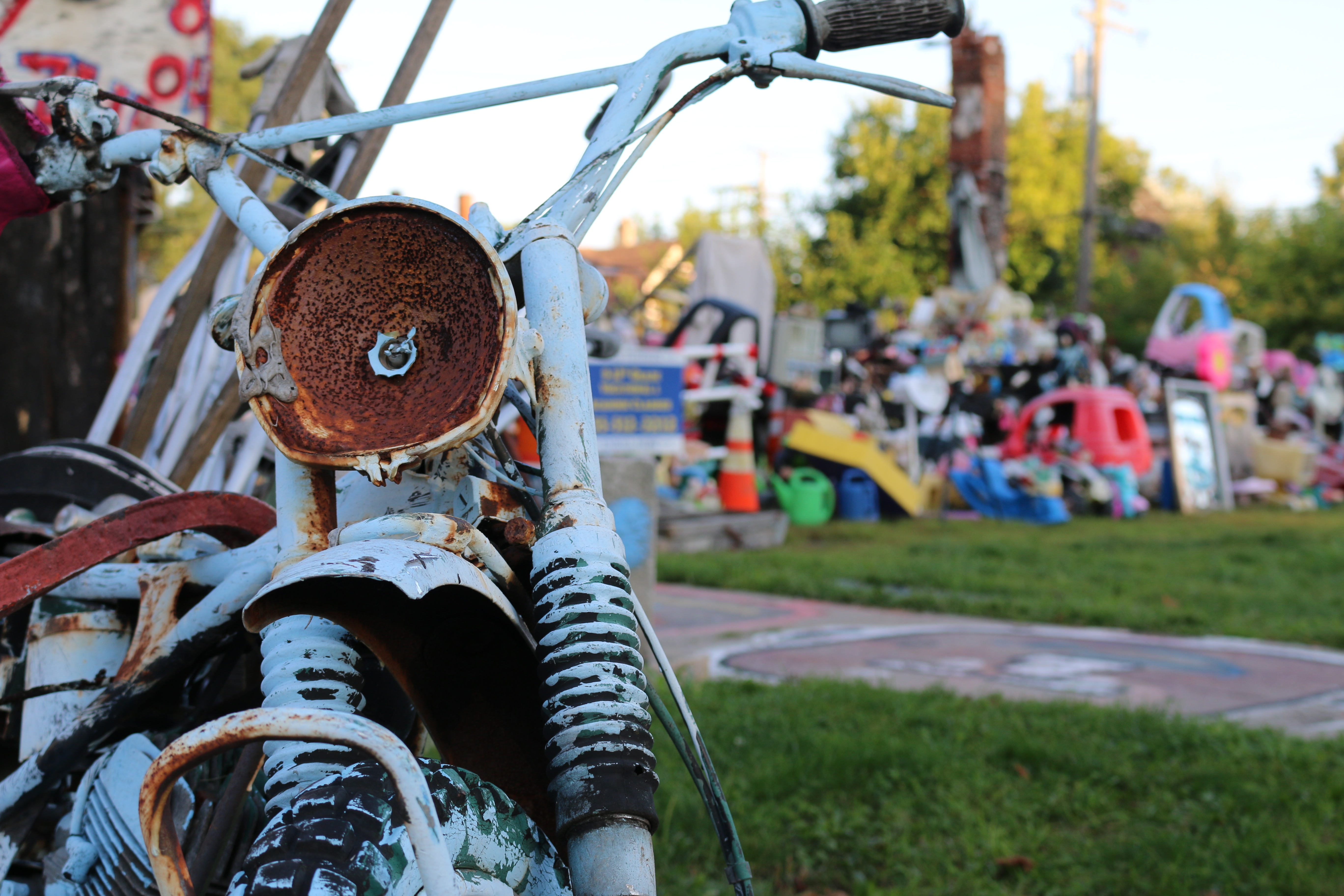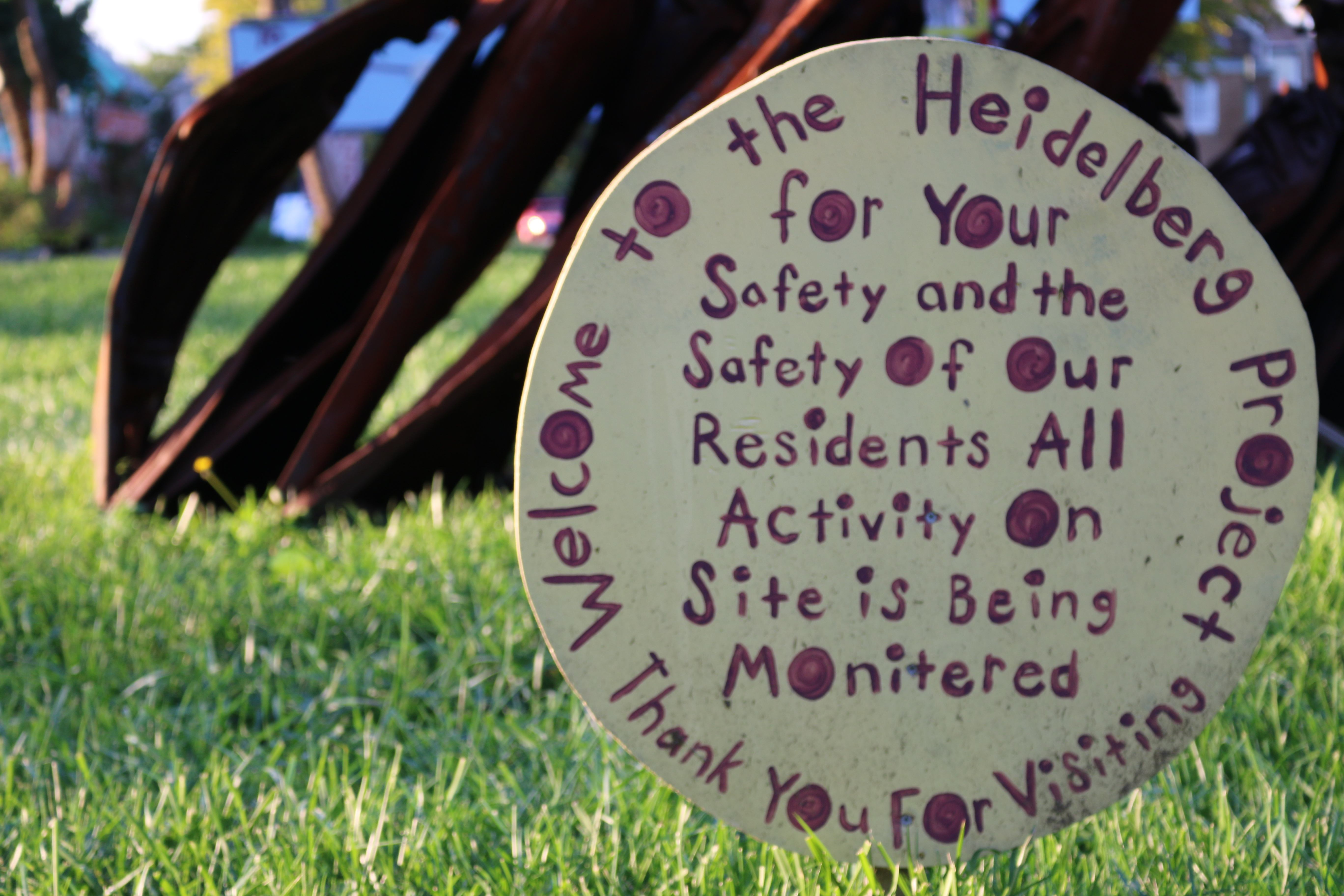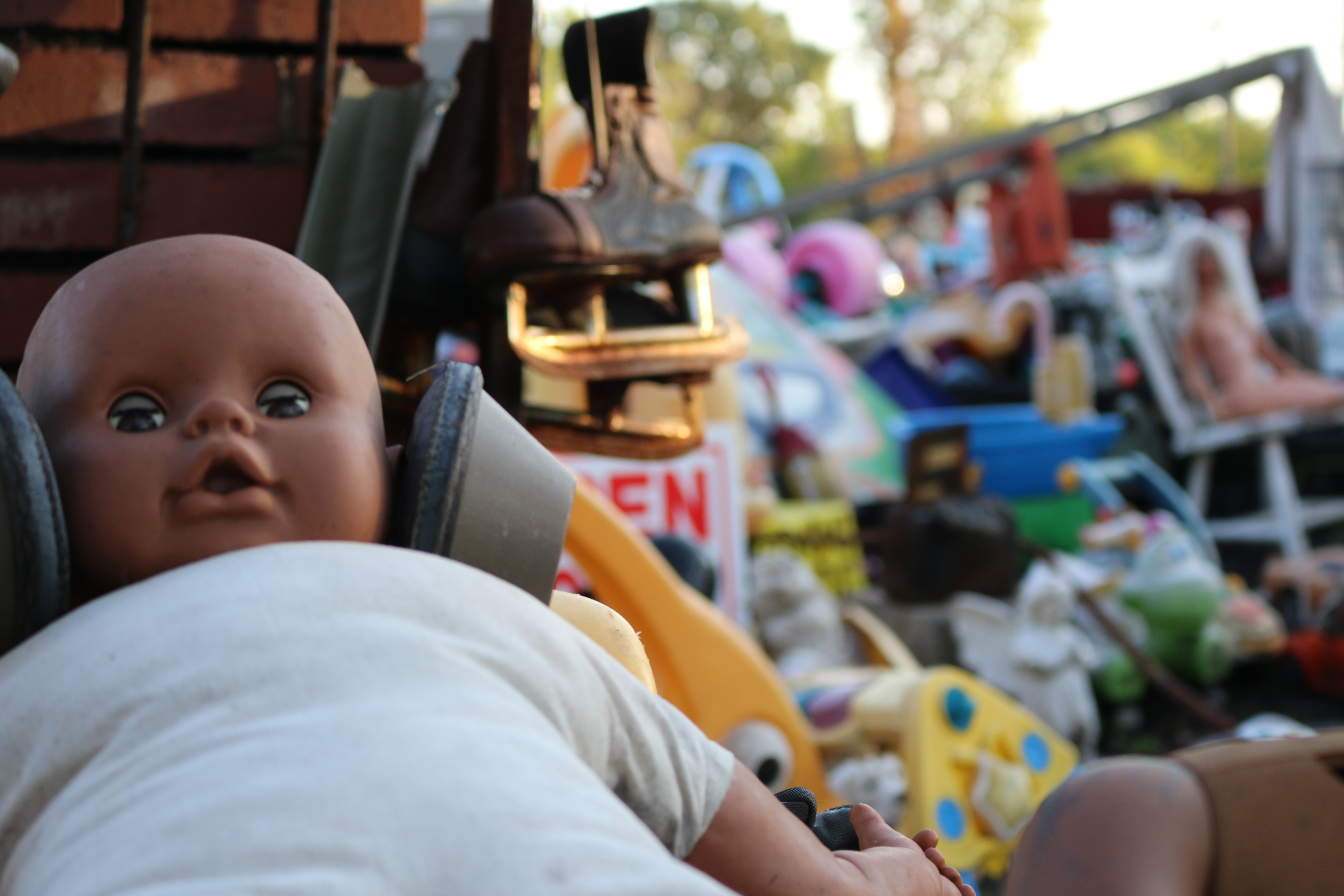Heidelberg Project is Being Dismantled
Gallery

The history of Detroit’s art community is as rich and colorful as the history of Detroit itself; however, few art pieces and communities have been as iconic and controversial as the Heidelberg Project located at 3600 Heidelberg Street on Detroit’s East Side. Facing numerous arsons, demolitions and public outcry over the value of the art installation, Tyree Guyton has garnered worldwide attention for this piece, which places urban blight and other issues that plague the urban landscape into the forefront and turns it into something that inspires and allows people to reflect on the environment they are surrounded by in a new and artistic manner.
The remarkable history of the Heidelberg Project mirrors that of the city that houses it. According to the website, www.heidelberg.org, the Heidelberg Project is an active outdoor art community, using typically blighted remnants of a community like abandoned lots and derelict houses, and converting them into art installations. Making use of the refuse around him, things like found objects and items that would not normally be appreciated as artistic in any way, Tyree Guyton, the artist who is responsible for the renowned Heidelberg Project, has found a way to beautify his community through art and community organization.
The initial context of the Heidelberg Project is riddled with violence, blight, racism and corruption, almost acting as a perfect illustration of what the city of Detroit and its residents have suffered for generations. In 1986, upon returning to his old neighborhood, Heidelberg Street, Tyree Guyton found his neighborhood suffering deeply. Almost eroding away under the influence of deepening and oppressive poverty and rampant drug use, his community was hurting. Afflicted with the pain of losing three brothers to the problems faced in destitute urban communities such as his own, Tyree Guyton was inspired to turn to artistic expression under the guidance of his mentor, his grandfather Sam Mackey. With his now former wife, Karen, and neighborhood children, Tyree Guyton founded the Heidelberg Project.
While the Heidelberg Project has been revered as a representation of a neighborhood almost literally rising from its own ashes, it has been met with several criticisms and calamities, becoming the target of near outrage within the city of Detroit and the target of several arsons, the most recent of which was in 2013. The Heidelberg Project’s major criticism is perhaps its intended goal: how do we view blighted neighborhoods in Detroit? Do we view these neighborhoods as something to be discarded and thrown away like the very refuse that has made the Heidelberg Project a worldwide phenomenon right here within city limits, or do we view these neighborhoods as an integral part of the community, and therefore something that deserves salvation? Literally metamorphosing a neighborhood into art and engulfing it in almost eerily ethereal paraphernalia and waste, Guyton has touched this community in the most vital way, even in wake of two demolitions in 1991 and 1999, only five and thirteen years after its creation, both perpetrated by the city of Detroit as a part of mass blight removal initiatives. Supporters of the Heidelberg Project claim these demolition attempts were the result of the political ambitions of city officials, the fact that the Heidelberg Project has remained standing for so many years is emphatically representative of the very spirit of Detroit’s neighborhoods.
An era of community activism may be waning like the last days of summer with the announcement of the dismantling of the Heidelberg Project. In an article in the Detroit Free Press, “The end, a new beginning, for Detroit’s iconic Heidelberg Project,” Tyree Guyton states that it is time for him to go in a new direction and do something that he has never done before. He plans to dismantle the existing art project “very methodically, creating new realities” as he is dismantling the neighborhood art installation. This is not the end, however, as he is planning to convert the art space into Heidelberg 3.0, “an art-infused community,” as opposed to an art installation created solely by him and a select few, such as neighborhood children, and the artist, Tim Burke.
While the details remain obscure, the Heidelberg Project will remain in its current state for the time-being. By next summer, noticeable changes will be made, and within the span of two years, the Heidelberg Project will be demolished for the most part, save for the remaining four houses, including the Dotty-Wotty House, which organizers are planning to turn into a museum. Numerous other pieces will most likely be sold to art institutions like the Smithsonian and the Detroit Institute of Arts. By then, the community of Heidelberg Street will be ready to embark on its new journey, surely maintaining its role as a major source of inspiration and hope in Detroit’s cultural scene, and prompting the ever-important questions of the worth of reclaiming Detroit’s seemingly irreparable neighborhoods and what art and social activism can do for Detroit.



